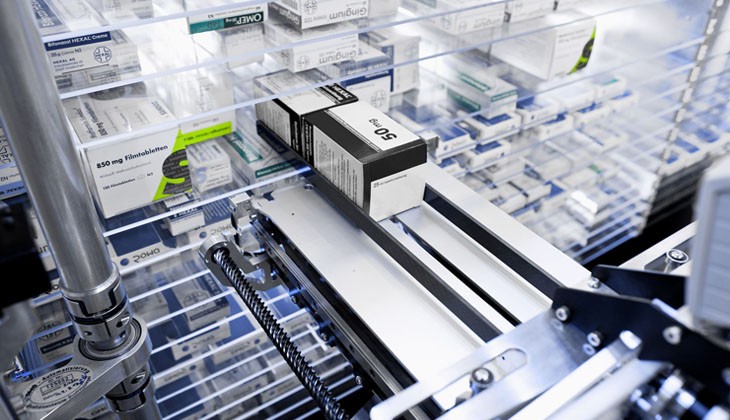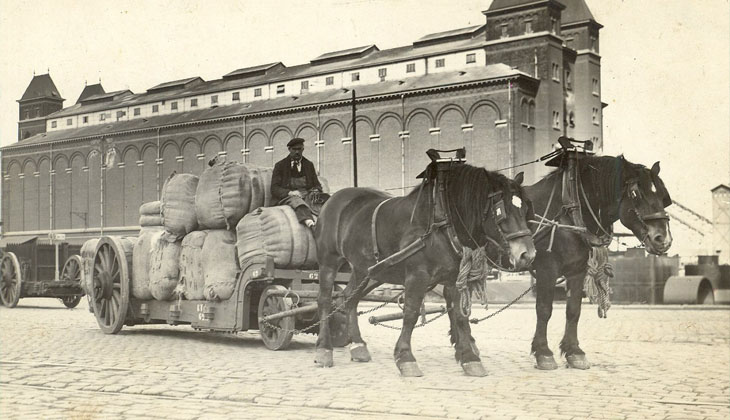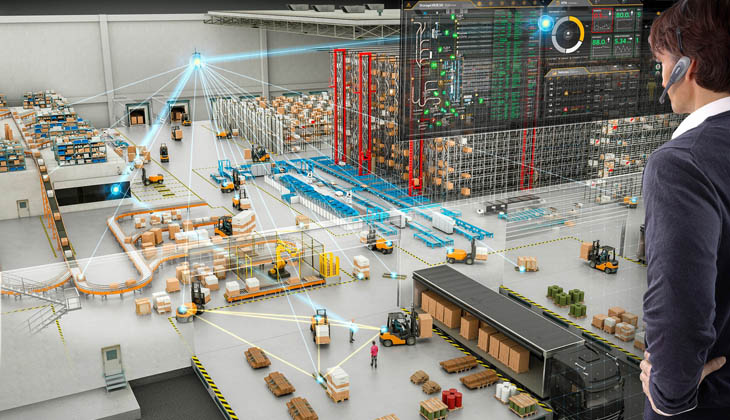The world of logistics is constantly evolving, and with the rise of e-commerce, urban logistics has become a critical component in ensuring timely and efficient delivery of goods in urban areas. However, with the growing demand for faster and more efficient delivery, traditional delivery methods are struggling to keep up. This is where technology comes in, with drones and autonomous vehicles revolutionizing the delivery landscape.
Advantages of Technology in Urban Logistics
Drones and autonomous vehicles have the potential to transform the delivery landscape in urban areas in several ways. Firstly, they are faster and more efficient than traditional delivery methods. Drones, in particular, can deliver packages directly to customers’ doors in a matter of minutes, bypassing congested roads and traffic. Autonomous vehicles, on the other hand, can travel long distances without the need for a driver, reducing delivery times and costs.
Secondly, these technologies can reduce the carbon footprint of urban logistics. By using electric-powered drones and autonomous vehicles, companies can significantly reduce their carbon emissions, which is a growing concern for consumers and governments alike.
Finally, drones and autonomous vehicles can improve safety in urban logistics. By reducing the number of delivery vehicles on the road, there will be fewer accidents, reducing the risk to both delivery drivers and other road users.
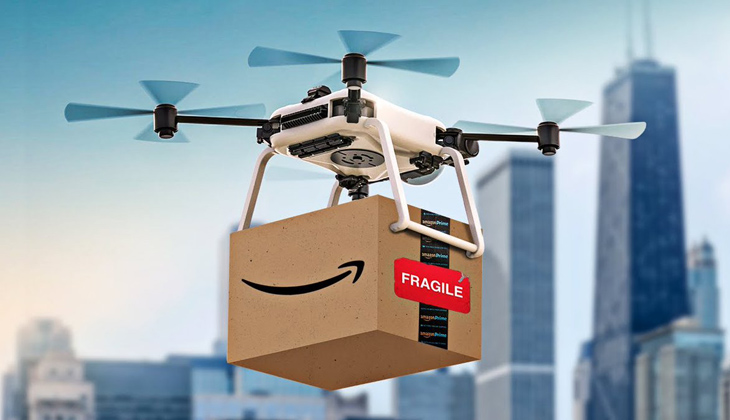
Challenges Facing the Market
Despite the many advantages of drones and autonomous vehicles in urban logistics, there are also challenges facing the market. Firstly, there are regulatory challenges, with many countries and cities yet to develop regulations for the use of these technologies in urban areas. This has led to a lack of clarity on the legal framework for using drones and autonomous vehicles for delivery, which can deter companies from investing in these technologies.
Secondly, there are technical challenges. Drones and autonomous vehicles require sophisticated technologies, such as artificial intelligence and machine learning, to operate safely and efficiently. Companies must invest in these technologies to ensure that their drones and autonomous vehicles can navigate complex urban environments without risking the safety of people or property.
Finally, there are logistical challenges. For example, drones have limited carrying capacity, which means that they are not suitable for delivering larger items. Autonomous vehicles, on the other hand, require extensive mapping and localization capabilities to navigate complex urban environments safely.
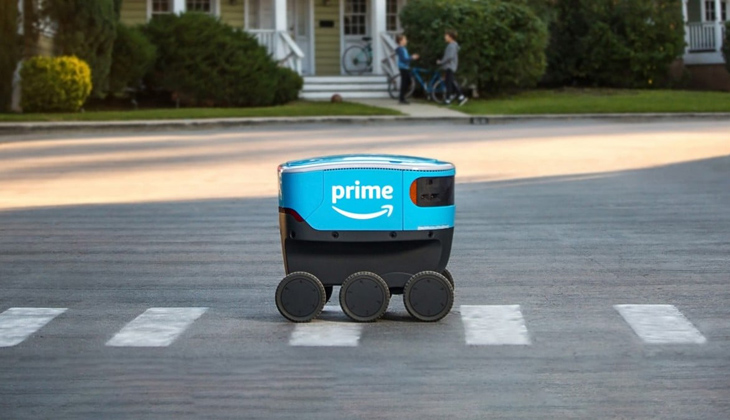
Recommendations for Solving Challenges
To overcome the challenges facing the market, companies must work with regulators and invest in technologies that enable safe and efficient delivery. For example, companies must work with regulators to develop clear guidelines for the use of drones and autonomous vehicles in urban logistics. These guidelines should cover safety, privacy, and environmental concerns.
Secondly, companies must invest in the technologies needed to operate drones and autonomous vehicles safely and efficiently. This includes technologies such as artificial intelligence, machine learning, and sensors that enable drones and autonomous vehicles to navigate urban environments safely and avoid obstacles.
Finally, companies must address logistical challenges by developing innovative solutions that enable the delivery of a wide range of goods. For example, Amazon has developed a Prime Air drone that can carry packages weighing up to five pounds, while Ford is developing an autonomous delivery vehicle with an extendable arm that can deliver larger items.




